As our thoughts turn toward Remembrance Sunday, we wanted to commemorate not only the brave men and women who served in the armed forces, but also the animals, whose service during times of military conflict often goes unmentioned. Animals played a major part in World War 1 and were used on a scale never seen before, or since.

Horses are the animals most commonly associated with the war. Not only were they used for transportation for soldiers (both into and out of battle), they were used as beasts of burden, to pull heavy machinery and artillery. They were vulnerable to attack, often targeted by the enemy to weaken supply chains and general morale.
It is estimated that around 10 million horses served in World War 1, with only 2 million surviving.
A large number of horses were compulsory requisitioned for the war effort which led to immense heartbreak as beloved pets were taken from their families. One young girl was so terrified that she wrote to Lord Kitchener, the British War Secretary “we are writing for our pony which we are very afraid may be taken for your army, please spare her”. On this occasion, Lord Kitchener showed humanity and the little girl’s pony, Betty, was spared. Many others were not so fortunate. Horses were commandeered from farms and livery stables all over Great Britain – a story depicted perfectly in the famous Stephen Spielberg film ‘War Horse’.
Dogs were very important during the War. Over 20,000 dogs served for the British Army during World War 1. They were used as medical assistants – carrying medical supplies for the injured soldiers. Dogs were much more capable of navigating the trenches and battlefields and, with their excellent sense of smell, were able to locate fallen soldiers and dispense crucially needed supplies. Some of these were ‘mercy’ dogs. It was their job to locate fatally injured men and then stay with the soldier, giving comfort during their final moments.
At the military base, there would be a ‘sentry dog’. They were trained to bark to warn of any intruders. On the other hand, there were the ‘scout dogs’ which were trained to track enemies whilst staying quiet. Through intensive training, they were taught specific signals to alert soldiers to impeding danger.
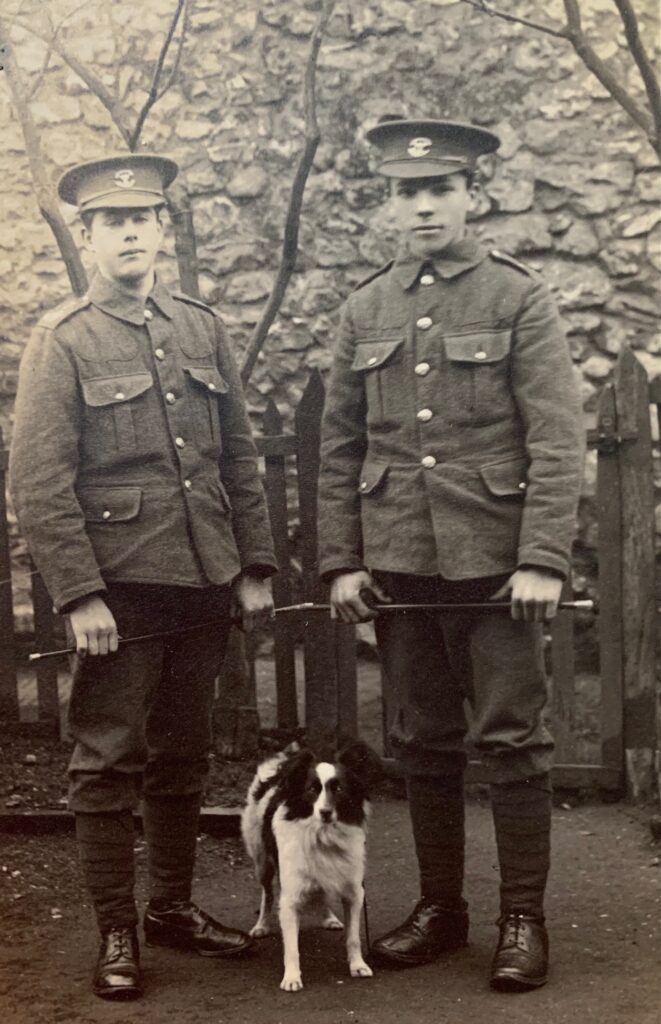
Two young soldiers from the Somerset Light Infantry with their trusty companion.
Cats also had a role to play with around 500,000 cats serving throughout the war! Rats were a common problem in the trenches, homing in on fallen soldiers. The cats played a vital role in hunting the rats and mice. Similarly, cats worked aboard the ships helping to keep down the rat population. An infestation could not only spread disease and infection, but also risk the provisions which were in short supply.
Pigeons are famous for their contribution in the war. They were vital for communication, flying largely undetected. Around 100,000 pigeons served. Some pigeons carried tiny cameras which were used to survey the battlefield (obviously a precursor to the drones of today!!) The birds’ work was so important that they were protected by the ‘Defence of the Realm’ act (1916), which made it a criminal offence to attempt to kill or harm them!

Even slugs helped to save lives! It was discovered that slugs could detect mustard gas – visibly indicating its presence by compressing their bodies. This was a big help to the troops as, by the time they had noticed, it would often be too late! The slugs gave the soldiers enough warning to put on their gas masks!
Interestingly, glow-worms were used by the soldiers to enable them to read maps and letters from home whilst in the gloomy trenches. They were kept in jars especially for this purpose!
In 2004, the Princess Royal unveiled the ‘Animals in War Memorial’ which stands on Park Lane, London. It is a beautiful tribute to the many animals who paid the ultimate price. The poignant epitaph on the memorial reads –
“This monument is dedicated to all the animals that served and died alongside British and allied forces in wars and campaigns throughout time. They had no choice”.
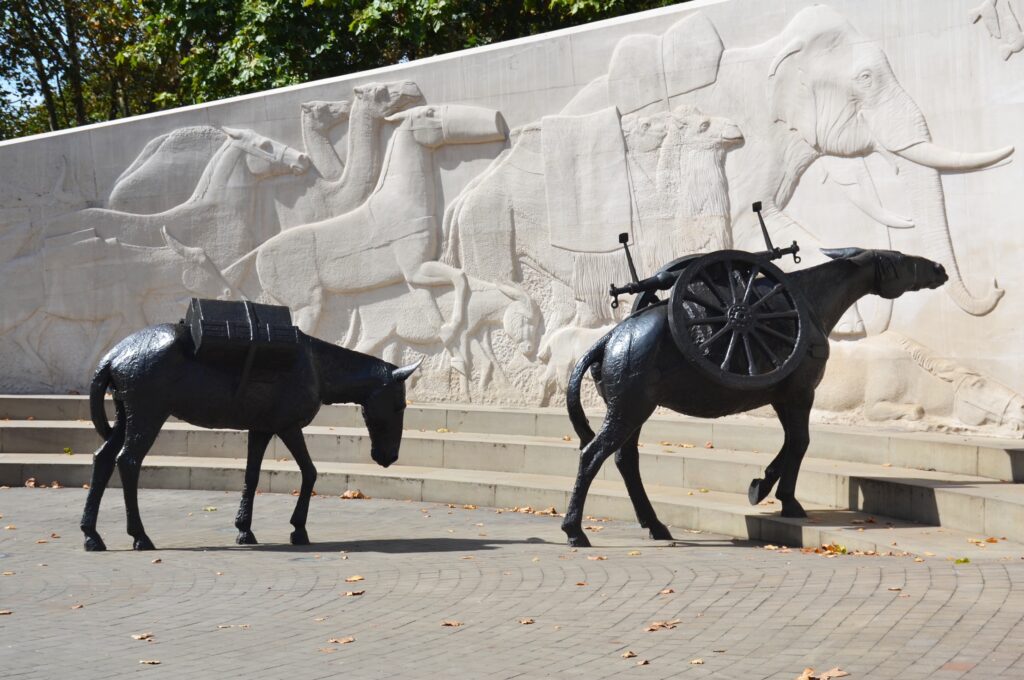
This year, Remembrance Sunday will be a little different due to the Covid restrictions. We are all being encouraged to stand on our doorsteps for the two-minute silence. So whilst we are remembering the brave soldiers who lost their lives, let’s also commemorate the noble and brave animals too.
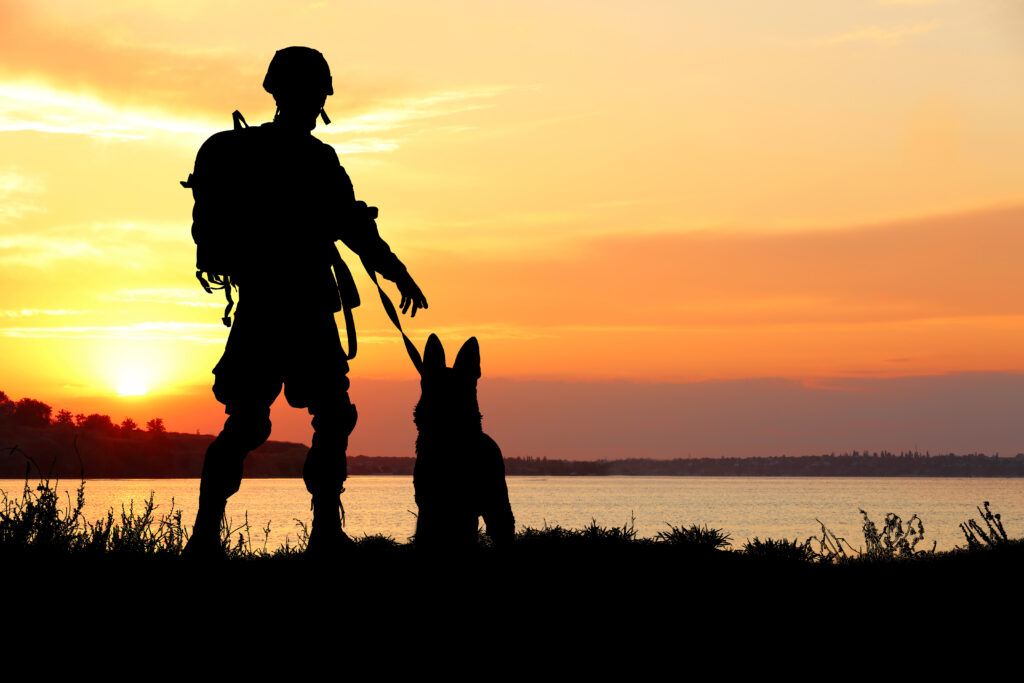
References: wwwthevintagenews.com, www.bbc.co.uk, www.iwm.org.uk
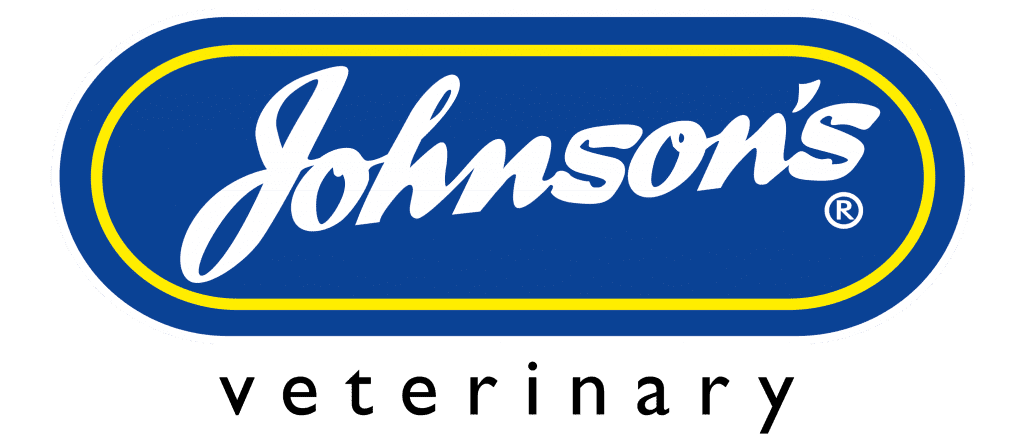

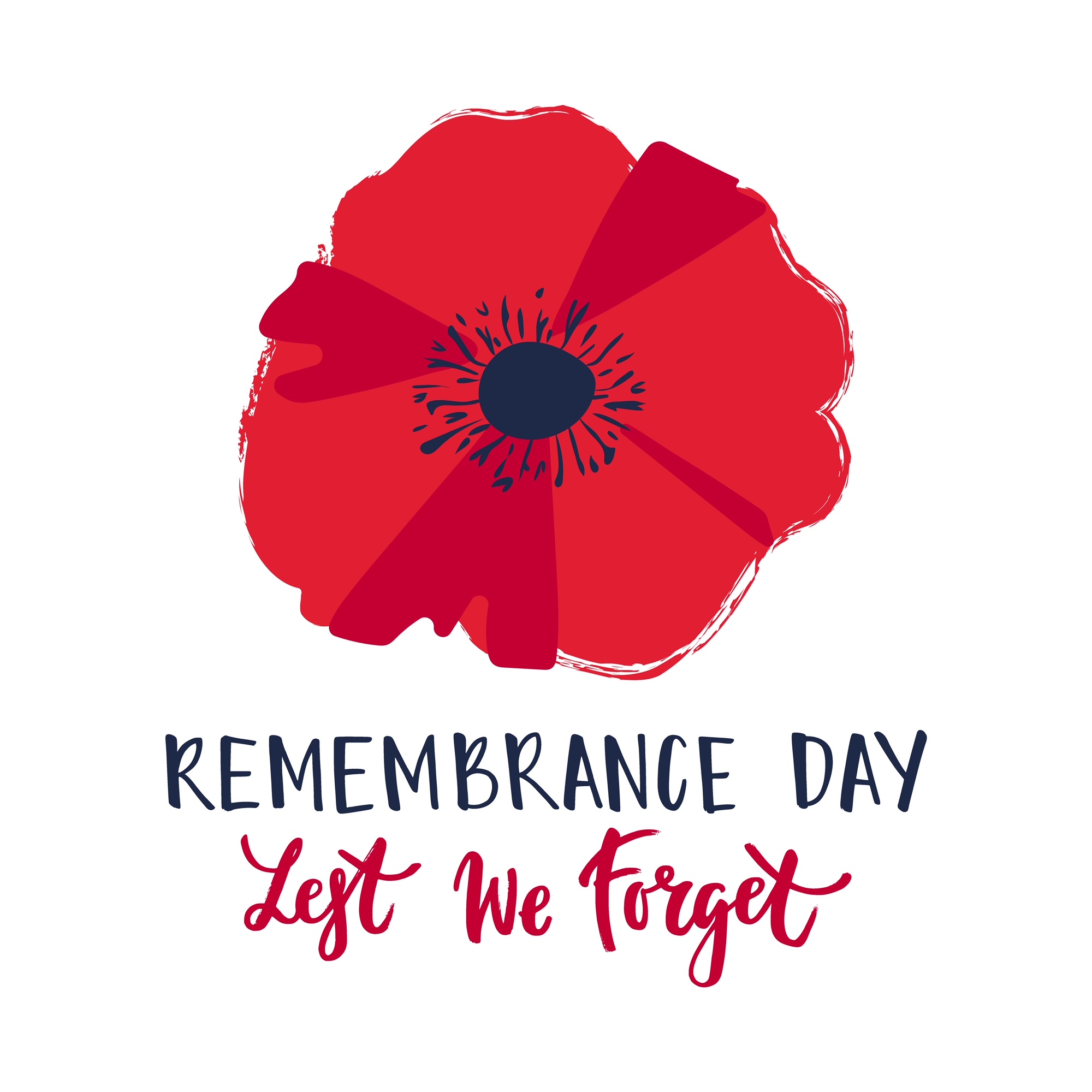



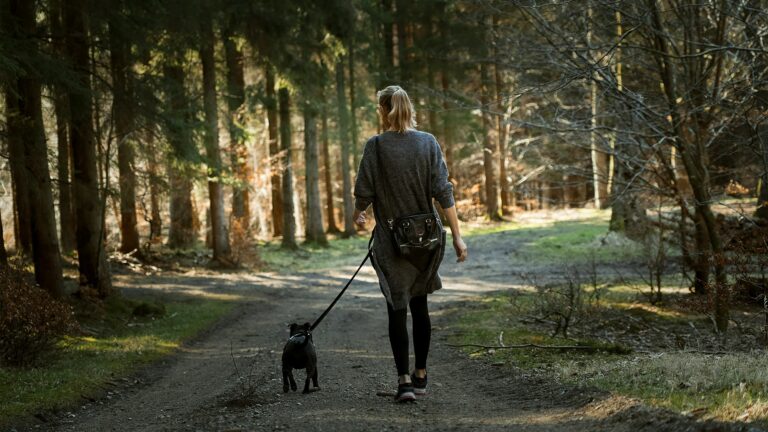

Beautiful thank you for the pictures of the animals who were with our brave soldiers at the very worst of times and who also died for us.